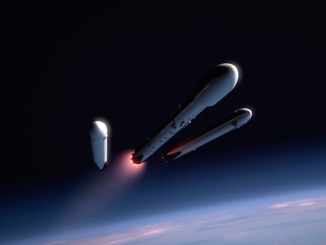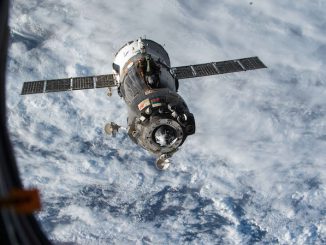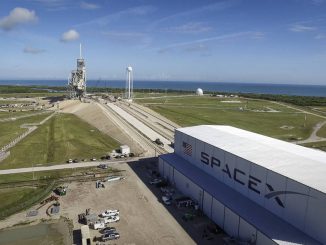SpaceX’s Falcon 9 rocket will go from Cape Canaveral to low Earth orbit in less than 10 minutes Friday night with a Dragon capsule heading for the International Space Station carrying more than 4,300 pounds of supplies and experiments.
Liftoff is set for 11:50 p.m. EST Friday (0450 GMT Saturday) from Cape Canaveral’s Complex 40 launch pad.
It will be the 82nd flight of a Falcon 9 rocket, and SpaceX’s fifth launch of the year. Working under contract to NASA, Saturday’s launch will be the 20th of least 26 SpaceX resupply missions to depart for the space station under two separate cargo transportation contracts.
The resupply mission, known as CRS-20 or SpaceX-20, will be the final flight of SpaceX’s first-generation Dragon cargo capsule. Future resupply flights to the station will be flown using the next-generation Dragon 2 vehicle, an automated, unpiloted capsule based on the new human-rated Crew Dragon spacecraft.
The illustrated timeline below outlines the launch sequence for the Falcon 9 flight with the Dragon spacecraft. It does not include times for the descent and landing of the first stage booster at Landing Zone 1 around 6 miles (9 kilometers) south of pad 40.
Three ignitions of the first stage engines after separation will steer the booster back toward Florida’s Space Coast from the northeast. Here are key times for the landing maneuvers:
- T+plus 2 minutes, 35 seconds: First stage boost-back burn begins
- T+plus 6 minutes, 32 seconds: First stage entry burn begins
- T+plus 8 minutes, 17 seconds: First stage landing
The first two burns will be performed using three of the Falcon 9’s nine Merlin first stage engines. The final landing burn will occur using just the center engine.
T-0:00:00: Liftoff
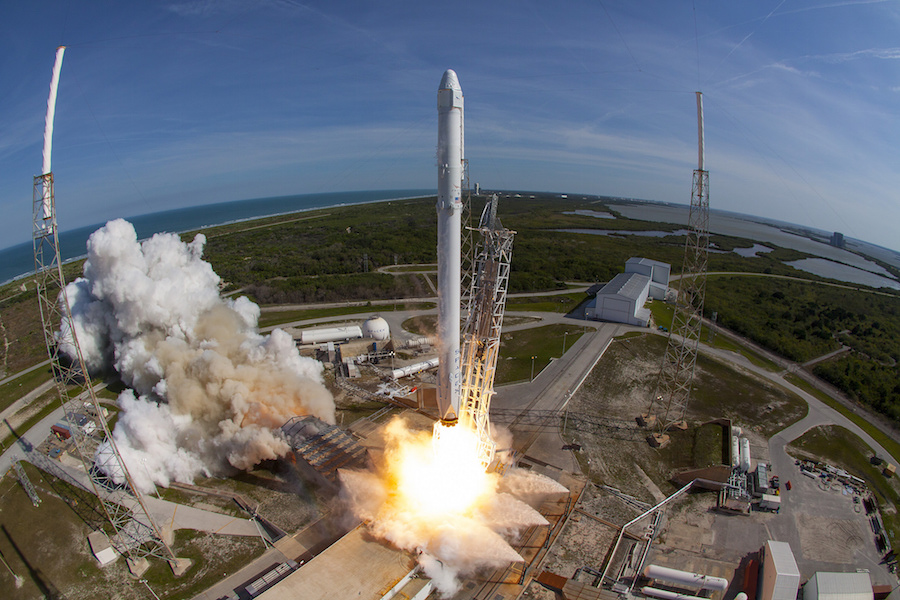
T+0:01:18: Max Q
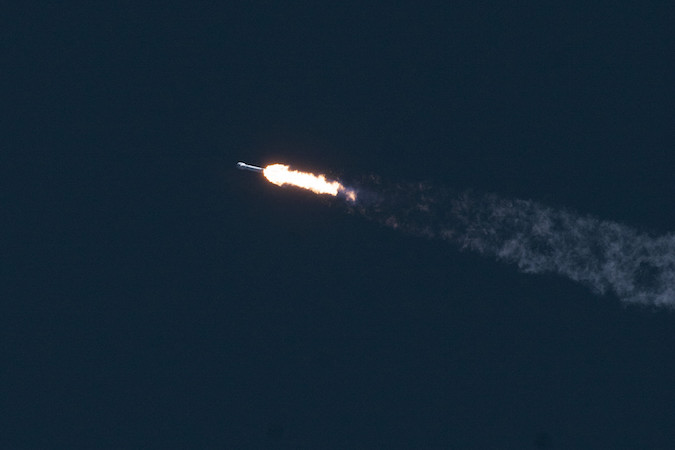
T+0:02:18: MECO
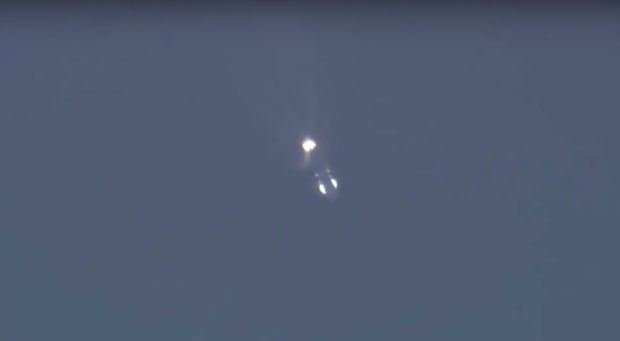
T+0:02:22: Stage 1 Separation
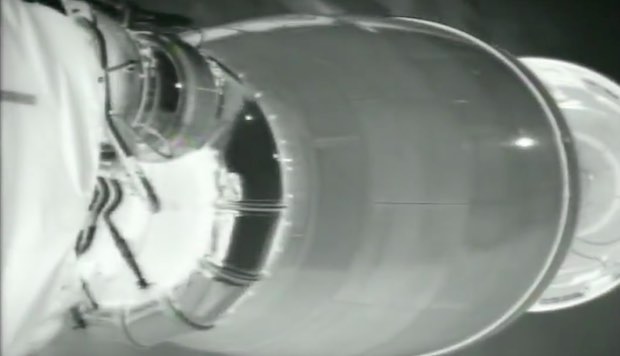
T+0:02:29: Second Stage Ignition
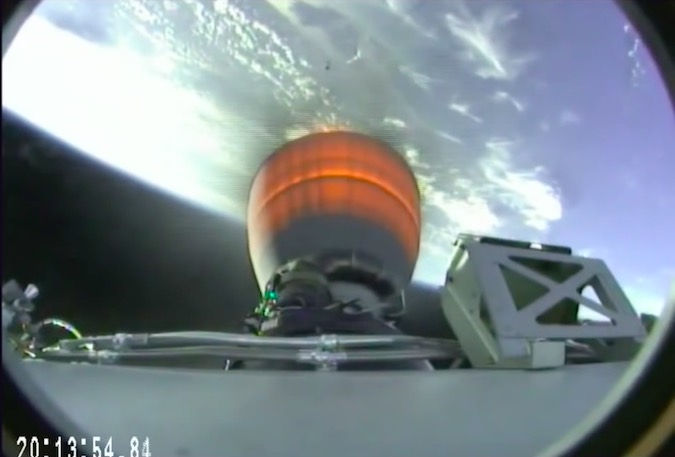
T+0:08:35: SECO
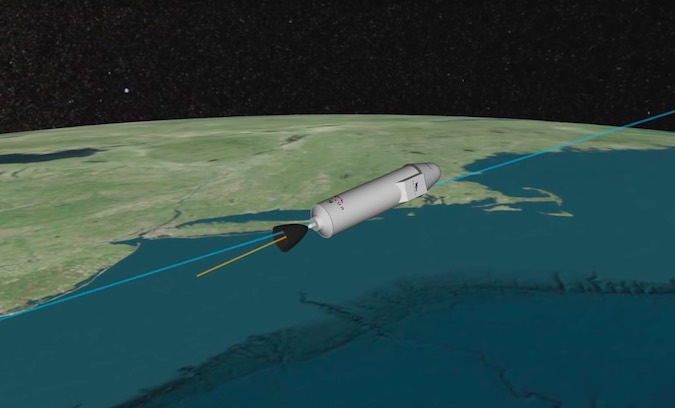
T+0:09:35: Dragon Separation
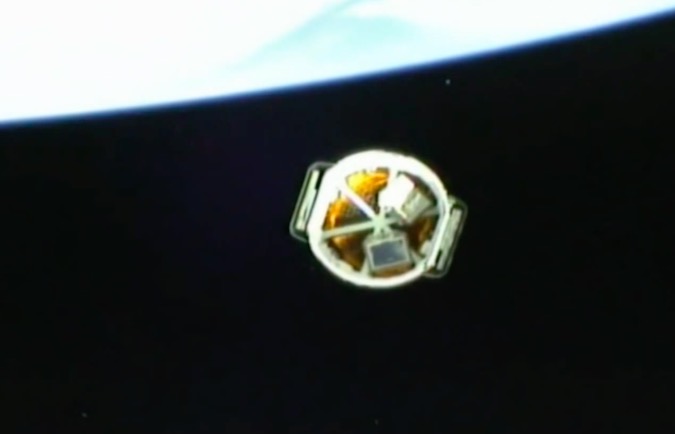
T+0:12:02: Solar Arrays Deployed
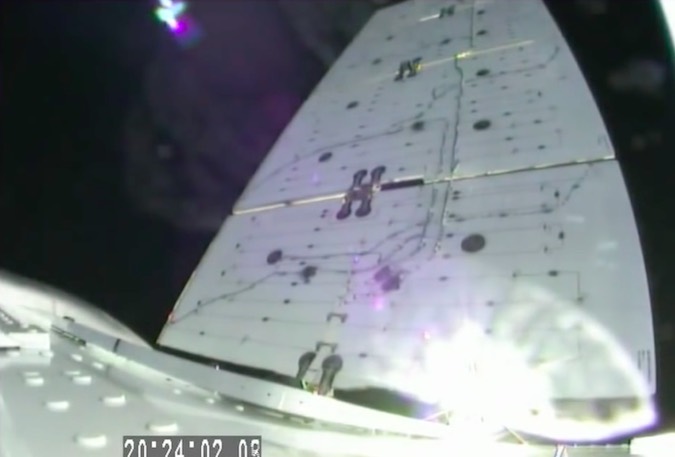
Email the author.
Follow Stephen Clark on Twitter: @StephenClark1.

